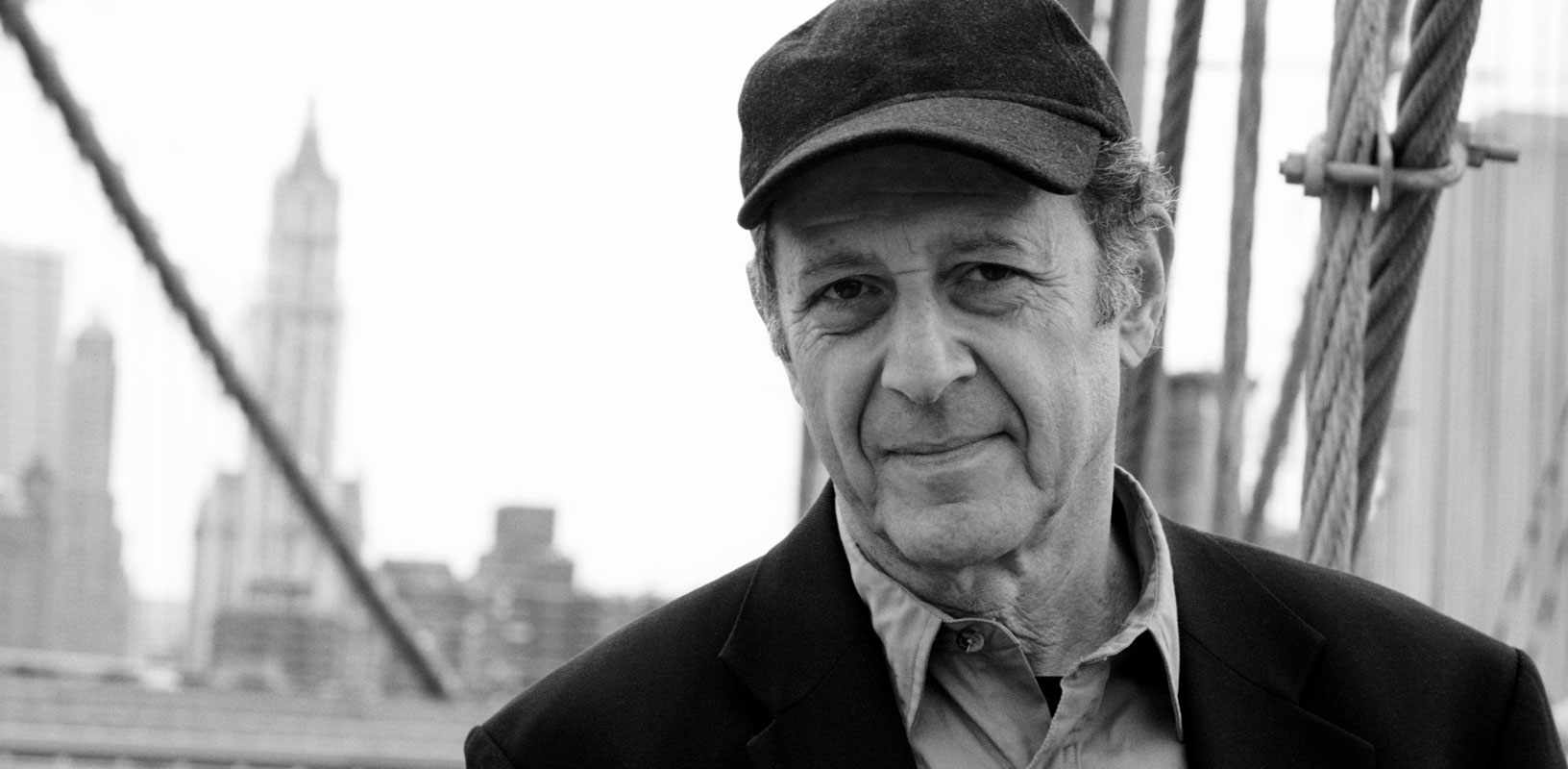Interview: Steve Reich on Composing Jacob’s Ladder

On October 5-7, Steve Reich’s Jacob’s Ladder is premiered by the New York Philharmonic, Synergy Vocals, and Jaap van Zweden. The work travels to Paris in February, with more performances to be announced. The composer discusses his new work for large ensemble and voices—the rich imagery that inspired the piece, and his evolving relationship with pulse.
Can you describe the inspiration for the piece and what you found so meaningful about this imagery?
I wanted to work with Jacob's Ladder because of the endless meanings suggested by the text:
“And he dreamed,
and behold a ladder set up on the Earth,
and its top reached heaven,
and behold messengers of G-d ascending and descending on it.”
There are ancient (third-century) commentaries in the Midrash that translate the last Hebrew word ‘bo’ (which is masculine) instead of ‘on it’ as “on him”—on who? On Jacob. Jacob’s sleeping, and the messenger/angels are coming down the ladder, and say something like, ‘We saw your name on the throne on high, and here you are sleeping? Wake up!’ And that message goes to you and me. ‘Hey, wake up. Don't you realize your feet are on the Earth and your head reaches heaven—you are the connection!’
Jacob's Ladder cries out for commentary. The imagery is compelling yet wide open. William Blake drew it as a winding staircase; you can see ladders all over Bruegel's “Tower of Babel.” There are mysterious ladders in late Phillip Guston paintings. There are all kinds of interpretations of ladders. Powerful images originate from everyday objects and radiate out to infinity.
How did you translate the imagery of Jacob’s Ladder to music?
When I first approached writing the piece, it seemed that the most obvious musical analogue to a ladder was a scale. (Incidentally, the word ‘Sulahm’ in Hebrew is used for both ‘ladder’ and ‘scale.’) What followed was a lot of wasted time trying to rewrite Hanon and other exercise books. I finally realized, any melodic movement—up, down, or held—can find its analogy on a ladder. Sometimes one only goes up a few rungs to reach something and then descends, or perhaps climbs higher, pauses, and then descends pausing at each rung on the way down. That got me out of the trap of thinking only in terms of scales, and into a frame of mind where everything I composed was totally intuitive, yet still a connection between heaven and earth.
Can you explain the structure of the music?
There are four short sections—exposition, if you like—on each of the four lines of text I mentioned and then four longer sections elaborating on and developing those first four. What's particularly interesting to me in these much longer sections is that they are mostly instrumental music. Probably as a result of thinking of the ‘notes as messengers,’ I ended up with a little more than half the music purely instrumental. The voices return at length, however, in the final section. The constant 16th-note pulse slows to eighths and finally to quarters as the voices and instruments broaden out to a still, held point at the end.
You’ve described Jacob’s Ladder as largely an instrumental piece, with sparing use of voices. Can you tell us about the balance between voices and instruments in this piece?
In almost all my pieces with voices singing a text—Proverb or Tehillim or Desert Music or Traveler’s Prayer—the singers start, and they almost never stop. It's a real workout. But in Jacob's Ladder, there's more instrumental music than vocal music. Even from the beginning, when the voices introduce the text, it’s close to 50-50 vocal to instrumental music. It became clear right from the start that I was going to give free rein to the instruments. The instrumental music interprets the movement of messenger/angels going up, down, or pausing on a ladder (or ladders) between heaven and earth; a musical interpretation without words.
Your previous piece Traveler’s Prayer notably doesn’t have any pulse, which came as a surprise to many listeners. What led you back to using pulse in this new piece?
Traveler's Prayer was a complete surprise to me. The musical impetus for that piece was melodic, partly using pre-existing chant melodies that are traditionally not sung rhythmically. So, I decided, for the first time, I wasn't going to use a pulse. And the piece worked quite naturally that way. Traveler’s Prayer and Jacob’s Ladder are related pieces—they're representative of this period in my life. So when I began to write Jacob’s Ladder, I had to ask myself, ‘To pulse or not to pulse?’
I tried it without a pulse, and it just didn’t work. I wasn’t using pre-existing, non-rhythmic chants. The pulse gives me a timed support and reference for the rest of the instruments and voices. However, the pulse here doesn’t have the prominence it has in many of my other pieces—being in the vibes doubled with strings softens it. But it's a very good question, and the answer is, I really didn't know at first. And then I tried it, and I thought, yes, I need a pulse here, and this is the best way to achieve it. For me, it’s always best to listen to what the piece tells me to do.
August 10, 2023
Interviewed by Carol Ann Cheung and Peri Margolies
Jacob's Ladder has been co-commissioned by the New York Philharmonic (Jaap van Zweden, Music Director), BBC Radio 3, Fundação Casa da Música, Istanbul Music Festival and Borusan Istanbul Philharmonic Orchestra, Queen Silvia Concert Hall and O/Modernt, Radio France, and Vancouver Symphony Orchestra.
> Further information on Work: Jacob's Ladder
Photo: Jeffrey Herman
